Upcoming Virtual Events: Join me tonight for the final talk in the Carole Weinstein Author Series at the Library of Virginia. On November 18th, I’ll be in conversation with H.W. Brands about his new book, Our First Civil War, at the Library of St. Louis.
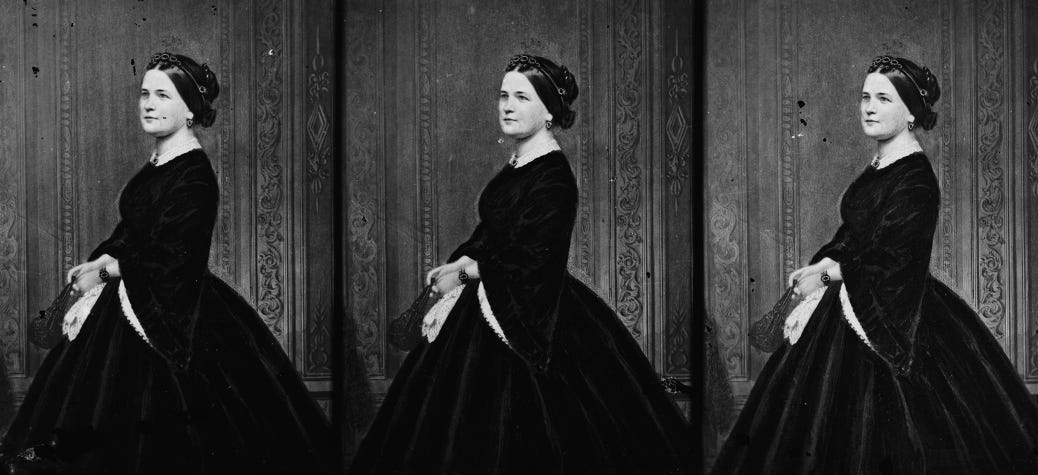
Mary Lincoln was crazy. At least, that’s what we’ve heard. But why? Next week, I’ll send out a long essay on the long forgotten origin of that misnomer: Mary’s sensational 1875 insanity trial, a kangaroo court orchestrated by Robert Lincoln, her only surviving adult child, who hoped, like so many of men his time, to rid himself of a woman who embarrassed him. Robert’s plan backfired, but Mary’s legacy withstood the most damage. Mary was declared sane by the court and the press was sympathetic towards her situation—but in America’s collective memory, she’s still crazy. Next week’s essay will focus on the insanity trial, but it’s important to preface that narrative with some background. Mary was branded as“crazy” long before the trial began, and scholars have done little to correct the record.
SMK is almost a year old! Thank you to sign-ups and subscribers (that’s Substack for “free” and “paid”) for your support! Subscribers, look for a narrative timeline at the bottom of next week’s newsletter.
We still live in a world full of armchair diagnosticians who call women crazy. But they’re not hoping these women get treatment; they want the women to control displays of emotions they deem unacceptable. Men receive comparatively mellow labels, even the most severe cases. A man who stalks a woman is called a “spurned suitor;” sexual harassment is often described as a “romantic overture.” A recent headline: “The body of Miya Marcano, a Florida college student who vanished after repeatedly rejecting romantic overtures from a maintenance worker in her apartment complex, has been found.” The fixation doesn’t have to be romantic. “Demon-Obsessed Teen Gets 35 Years in Slaying of Sisters.”
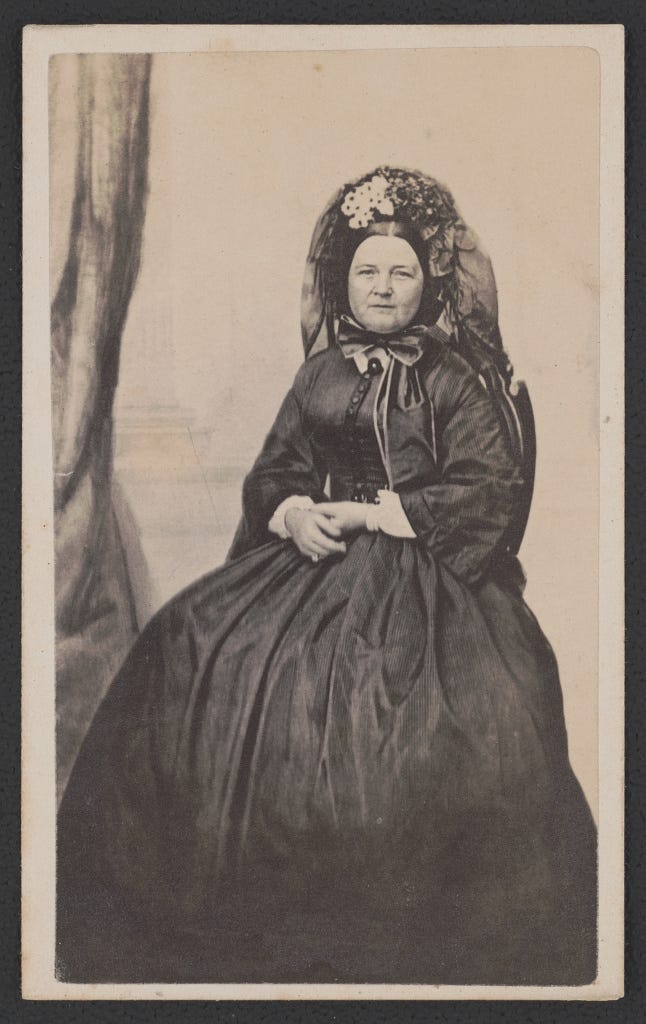
It’s well known that Mary witnessed Lincoln’s assasination, but less well known is that three out of four of Mary’s children predeceased her. “After my son died, I got really afraid that people would maybe judge me or think about me in the way that history has remembered Mary Lincoln,” Callie Hawkins, the interim executive director and the director of programming at President Lincoln’s cottage, told Gillian Brockell of the Washington Post, in an article about a recent exhibition on Mary Lincoln’s experience of motherhood and bereavement “Which is to say, she was afraid they would think she was ‘crazy,’” Brockell added.
Death was a part of God’s plan. In the 19th century, struggling with it displayed a lack of piety. Mary’s conspicuous, prolonged mourning was an affront to society. “When [her second son] Eddy died, she tore out her hair; when [her third son] Willie died she was so overcome she couldn’t leave her bed for weeks and missed his funeral. She would cry loudly and wore black mourning clothes much longer than was socially acceptable,” Brockell wrote. Mary displayed a lack of submissiveness her era demanded. Women could faint on occasion, perhaps even weep at a moving scene, but sustained, barefaced emotion was to be controlled in front of others.
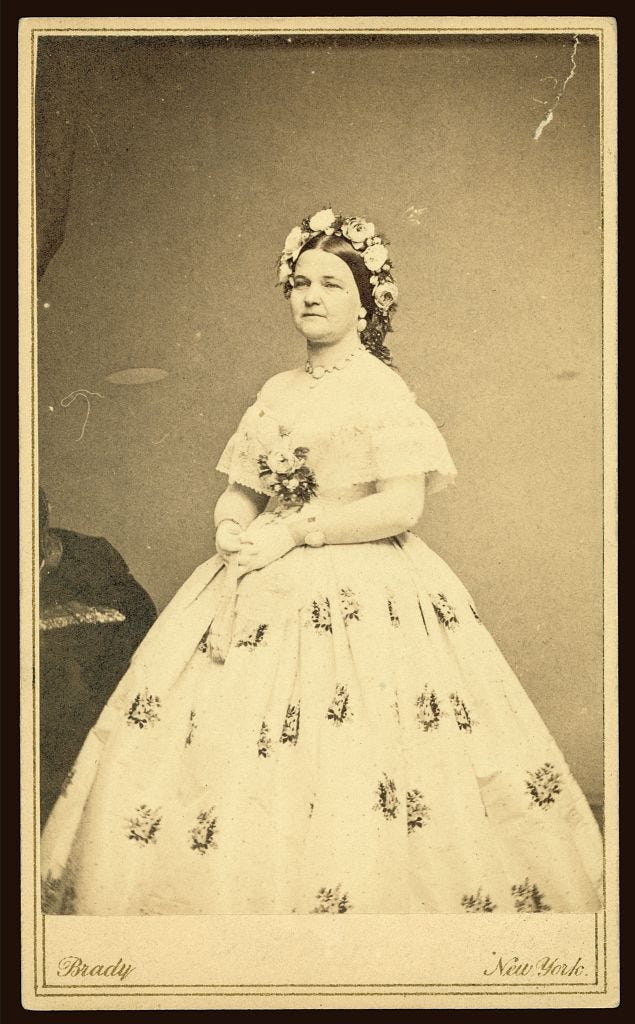
It doesn’t help that there are only a few books on the subject of her alleged insanity from small academic presses: The Insanity File: The Case of Mary Todd Lincoln (1986) by Pulitzer-prize winning historian Mark E. Neely, Jr., and the late R. Gerald McMurty, and The Madness of Mary Lincoln (2007) by Jason Emerson, a former U.S. National Parks Service interpreter who discovered a trunk of Mary Lincoln’s letters in a historic home (and apparently withheld access to others before publication).
Neither book gives much consideration to scholarship on women and medicine. Instead the authors grounded their conclusions in the reports of medical “experts” from the trial, some of whom had never met Mary, and then they got contemporary doctors to do the same thing. Emerson is particularly sympathetic to Robert, suggesting he could have been president had his mother not embarrassed him with her behavior. But Robert was appointed, not elected, to government posts. “No one wanted me for Secretary of War... For minister to England... For president of the Pullman Company,” Robert told a friend. “They wanted Abraham Lincoln’s son.”
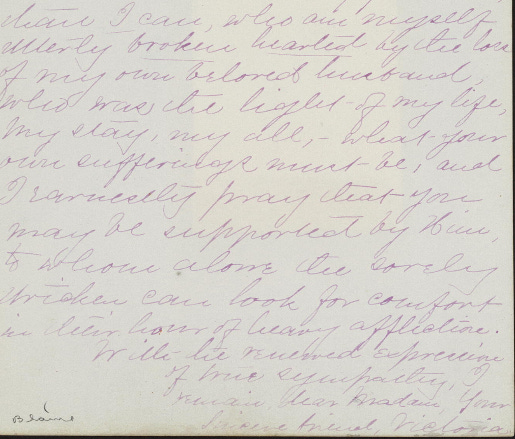
Thousands of books have been written about Abraham Lincoln, but his biographers never introduce any new information about Mary. They don’t even get her name right. They consistently identify her as Mary Todd Lincoln, but the Lincoln presidential library has confirmed that she never used Todd after she married. Her nemesis was the progenitor, as I explained in my otherwise glowing review of H.W. Brands’ The Zealot and the Emancipator: John Brown, Abraham Lincoln and the Struggle for American Freedom in the Washington Post:
Still, the book makes a few small nostalgic missteps of its own. It’s unfortunate that Brands, like so many male biographers before him, refers to Lincoln’s wife as Mary Todd Lincoln, a formulation she never used. It was favored by William H. Herndon, Lincoln’s law partner, and there was no love lost between them. (Herndon called her a “she wolf,” and she denounced him as “a dirty dog.”) Herndon, as historian Catherine Clinton writes, “later repackaged” the late Ann Rutledge, a woman to whom Lincoln was once engaged, as his “only true love.” These small slights and large demotions were very much felt by Mrs. Lincoln, who, dressed in black mourning clothes, struggled to find her place over the next decade. Had Brands read Clinton’s “Mrs. Lincoln: A Life,” he might have avoided the error.
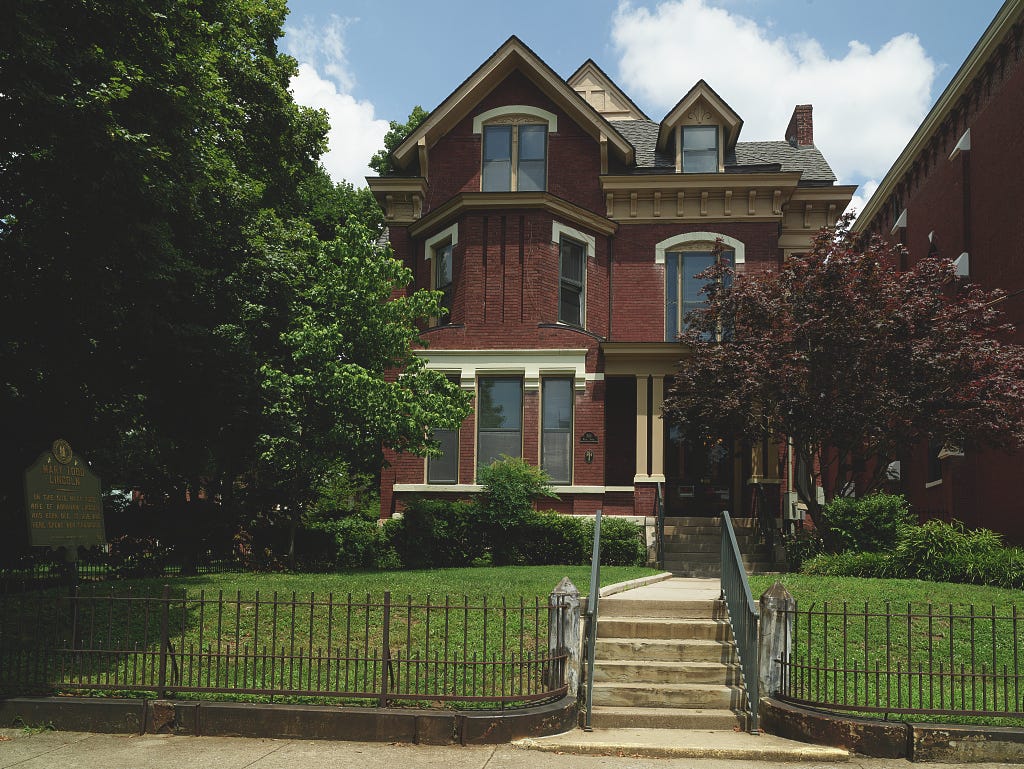
Mary had an extra incentive to distance herself from the name. Her large family included pro-slavery Southerners, and they were uncomfortably outspoken about their connection to her. By insisting on the use of “Todd,” Herndon managed to chase her with the painful rift, keeping alive the notion that she felt strong connections to the South. Over one hundred and fifty years later, Herndon has seemingly won.
I hope to see a good book focused on the insanity trial soon, but until then, I’ll illuminate the tragic event next Wednesday.
ON A RELATED NOTE:
If you’re new to Gillian Brockell of the Washington Post, she’s most often on the history beat and excellent at it. (B-r-o-c-k-e-l-l. Keep that “w” to yourself.)
See you next week! In the meantime, you can find me on Twitter and Instagram and my books, as well as others mentioned on SMK, on Bookshop, Amazon, and your local bookstore or library. If you have a question or comment, I want to hear it! studymarrykill@gmail.com.




